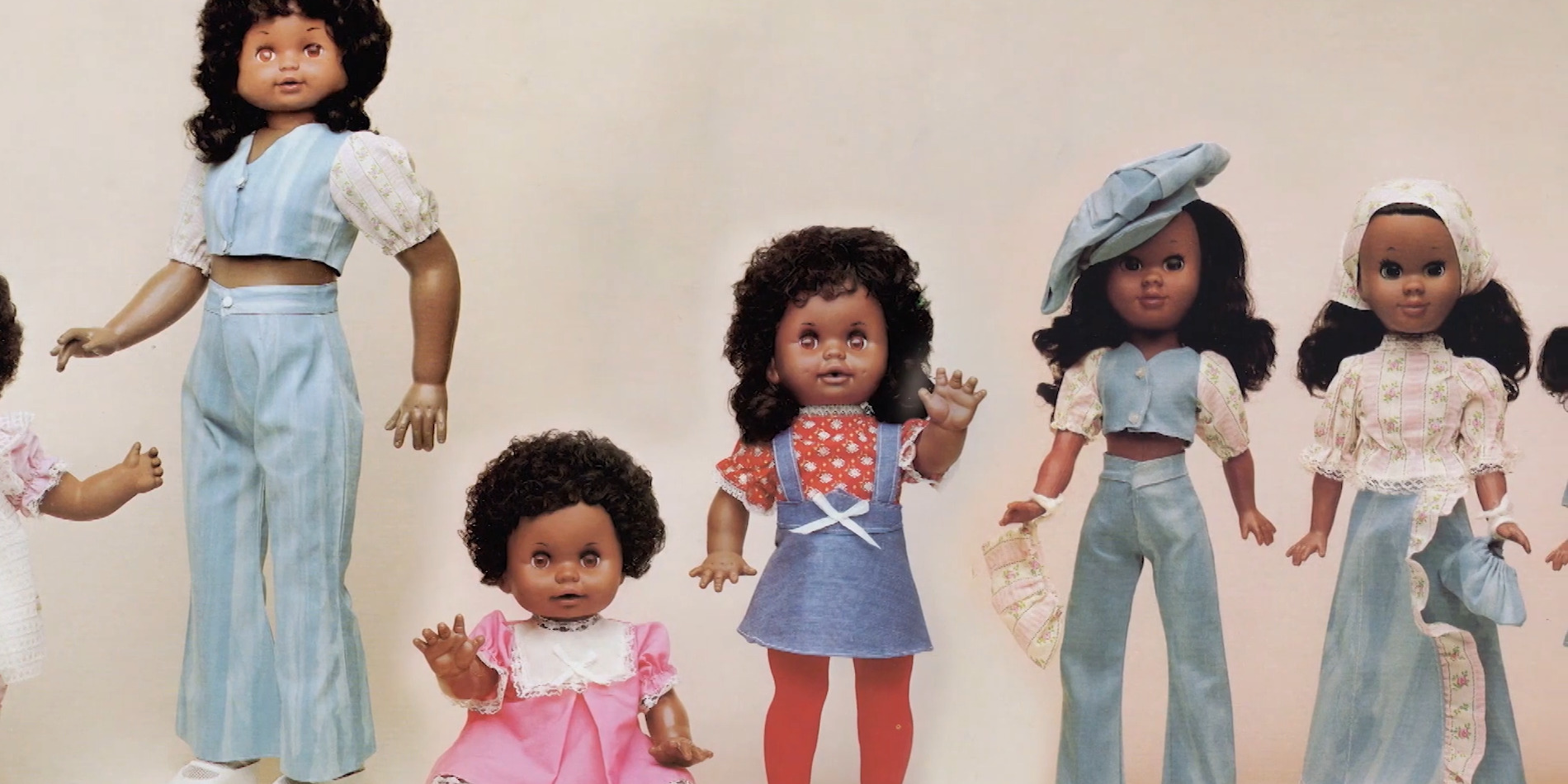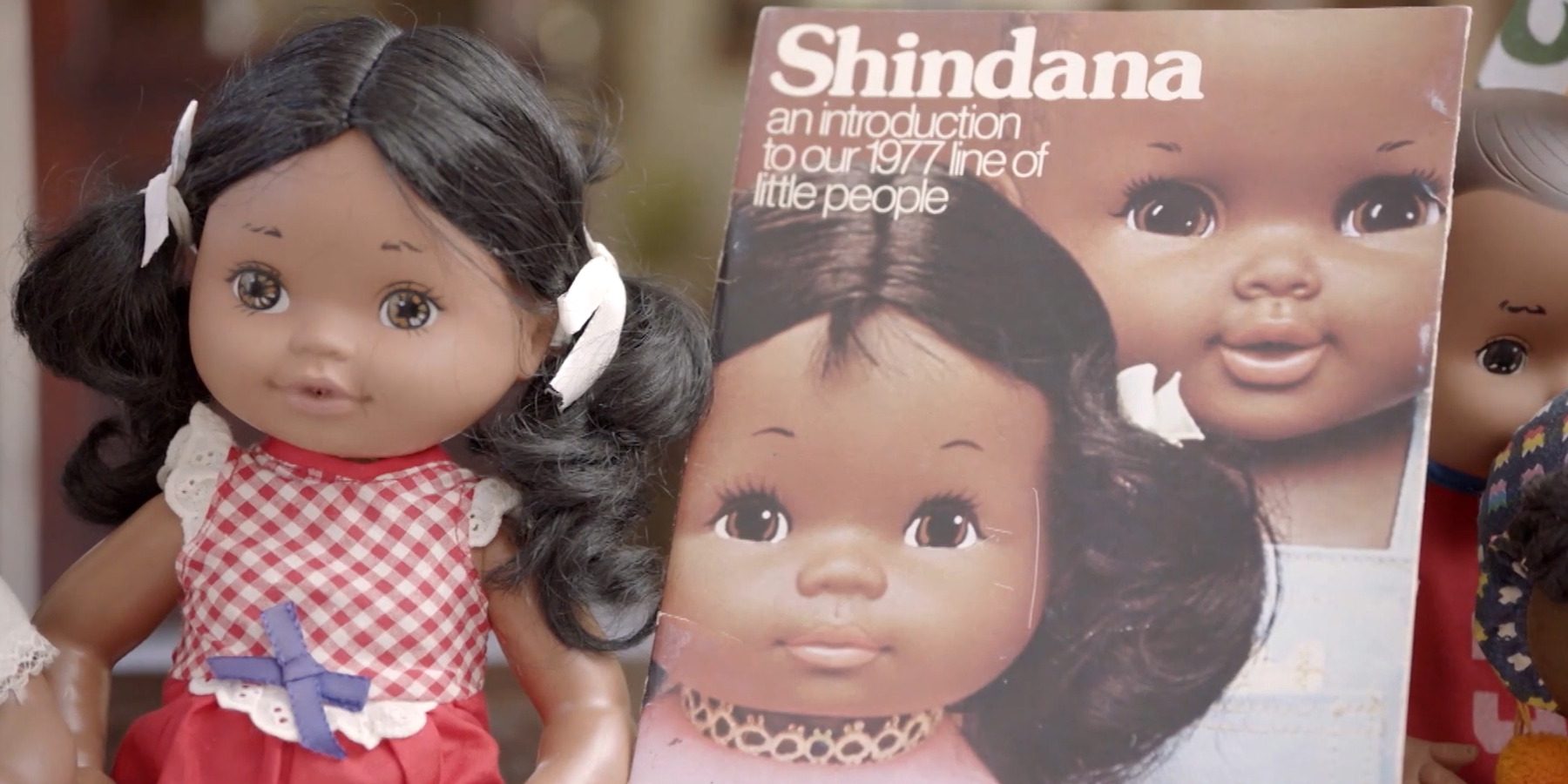The Shindana Toys Company easily retains relevance as one of the most instrumental names from the 1960s when discussing the history of Black Dolls and representation within the toy industry. At a time when most kids were accustomed to playing with white dolls, the Californian toy company encouraged young Black kids towards a more positive self-image by opening them up to a world of possibilities through their toys. Naturally, when ‘Black Barbie: A Documentary‘ undertakes a deep dive into the idea of representation through toys, specifically in Mattel’s iconic Barbie line, Shindana Toys comes up in conversation. Therefore, due to its historical and cultural significance, viewers are bound to wonder what ultimately became of the company.
Shindana Was the First to Create Black-Centric Toys
Shindana Toys came into being in 1968 as a division within the overarching Operation Bootstrap Inc., founded by Louis Smith and Robert Hall, two notable civil rights activists of their time. The non-profit organization was launched as a way to improve the Watts area of Los Angeles, a segregated Black neighborhood undergoing a drastic employment shortage due to recent civil unrest. As such, the company’s goals were always clear from day one— combating racial inequality. Smith and Hall planned to achieve this by increasing the scope of employment within Black communities and funneling profits back into the neighborhood.

Around the same time, reports and studies were showcasing a disparity in children, including Black kids’ preference between white and black dolls. Therefore, Operation Bootstrap wanted to address the issue and promote self-love among the younger generation, which pushed them to enter the toy industry through Shindana. Mattel, the renowned toy manufacturing company, helped Smith and Hall in their venture and provided various sources of aid through financing and providing factory training, industry contracts, and more.
Consequently, Shindana Toys debuted in the toy industry with Baby Nancy, a “drink and wet” baby doll. The defining aspect of Baby Nancy that distinguished the doll from her competition remained her realistic Black features. The toy did splendidly in the market, exceeding expectations and paving the path for the toy company to launch several other toy lines. Among some of their most popular products were Career Girl Wanda, Flip Wilson/Geraldine talking dolls, action figures like Slade, The Black Experience board game, and more.
Shindana Toys Closed Down in 1983 due to Financial Reasons
During its run, Shindana Toys revolutionized the space for Black toys, introducing young children to a whole new world of pretend play. The company’s Career Wanda line encouraged kids to see themselves in more ambitious professional roles by utilizing the stories of real-life Black women. Likewise, toys like Slade, marketed more toward young boys, highlighted the importance of intelligence and education. In turn, the profit from these toy sales was used to improve the quality of life in African-American communities. For instance, Operations Bootstraps opened the Honeycomb Child Development Center in 1973 through profits from its Shindana division.

As such, Louis Smith and Robert Hall’s vision for their company was coming along nicely, bearing the fruits of their and numerous other workers’ labors. The company’s success even influenced several other companies toward a diverse path. Eventually, Shindana Toys became the largest manufacturer of Black dolls and toys, sporting global distribution by the mid-70s. Moreover, the company conveyed its intentions toward furthering diversity within the toy industry through one of its last lines, the Little Friends Collection, which sported multiracial dolls, including Asian and Latinx dolls.
However, in the early 1970s, Shindana and Operation Bootstrap as a whole suffered a great loss after Hall’s death in 1973 and Smith’s death in 1976. Simultaneously, the toy market became more competitive as other companies started investing in ethnic dolls after witnessing their success. Therefore, by 1983, the company started facing adverse financial problems, which inevitably led it to cease production. Now, Shindana Toys and its products are fondly remembered for their historical and cultural impact.


You must be logged in to post a comment.